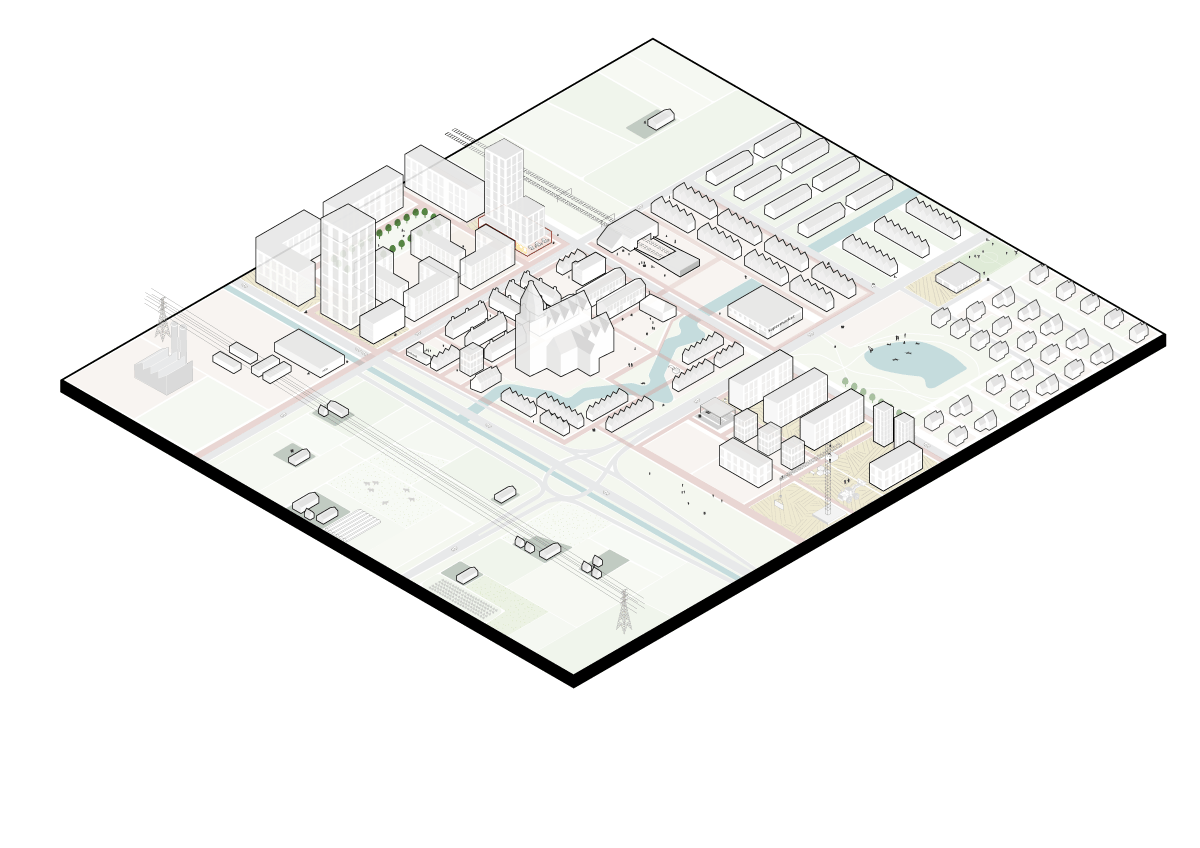| MULTIPLY | EUROPEAN | GUIDELINES |
| MULTIPLY engaged public authorities through a targeted peer-to-peer learning program to increase the uptake of integrated urban planning at district level to more effectively plan, finance, communicate and implement the energy transition. The results of the peer-to-peer learning process are informative and useful for municipalities in all European countries. The knowledge and solutions developed during the project can serve as a reference and inspire a multi-disciplinary approach to urban planning for a low-emission future of the EU. | This European guideline makes the insights of the project available for anyone that did not participate. The objective of the guideline is to inspire and activate European cities to implement integrated planning solutions for sustainability on district level. Important cross-sectoral solutions, approaches and goals are presented according to three themes and supported by best practice examples. Click on the questions below to reveal approaches and solutions. |

Efficiency
How to reduce the energy consumption of the district’s inhabitants?
Can climate adaptive measures be combined with energy reduction goals?
How does a municipality know and monitor the progress of sustainability measures?
How to stimulate private home-owners to invest in renovation of their houses?
Mobility
How can the living quality of a neighborhood improve while stimulating a modal shift away from individual car usage?
Can new mobility systems be integrated with existing public transport?
How does the energy system benefit from the transition towards electric vehicles?
Integrated planning
Can a district ensure a stable supply of renewable energy?
How does a municipality make sure inhabitants are supporting the energy transition and proposed measures?
How do we improve the communication and collaboration between different municipal departments?
Energy – Production and networks
Can a district ensure a stable supply of renewable energy?
How does an energy system adapt to a decentralized system of production?
How can the incorporation of renewable energy production in our city districts improve livability?